We are so fortunate to have CFF’s in many different countries; it means more delicious food to be discovered! We have asked our various countries to share a traditional and unique dish from their area, and here are the results:
When we asked Iris, Food Services Sales Manager, known within the CFF HK team as an excellent cook, what would be a good traditional dish from Hong Kong, she immediately replied: “Pun Choi.”
But what is it?
Known as a traditional dish from the Canton area, it is often eaten during festivities and is very popular. Seafood, meat, and vegetables are cooked separately and then combined into one dish, and can take up to 3 days to prepare. Pun Choi is composed of different layers of ingredients that contribute to the taste of the dish and is traditionally served in a wooden or metal basin.
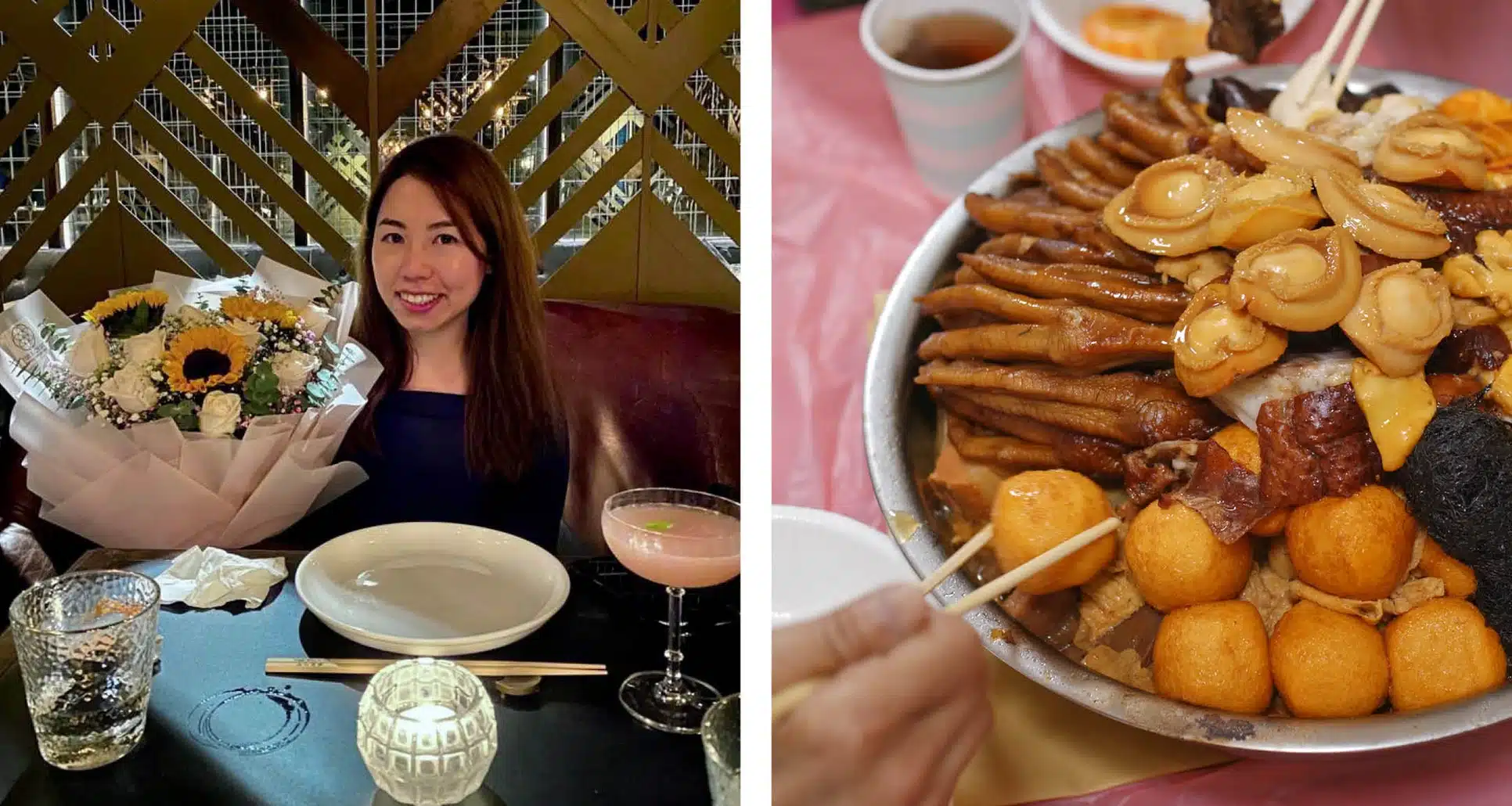
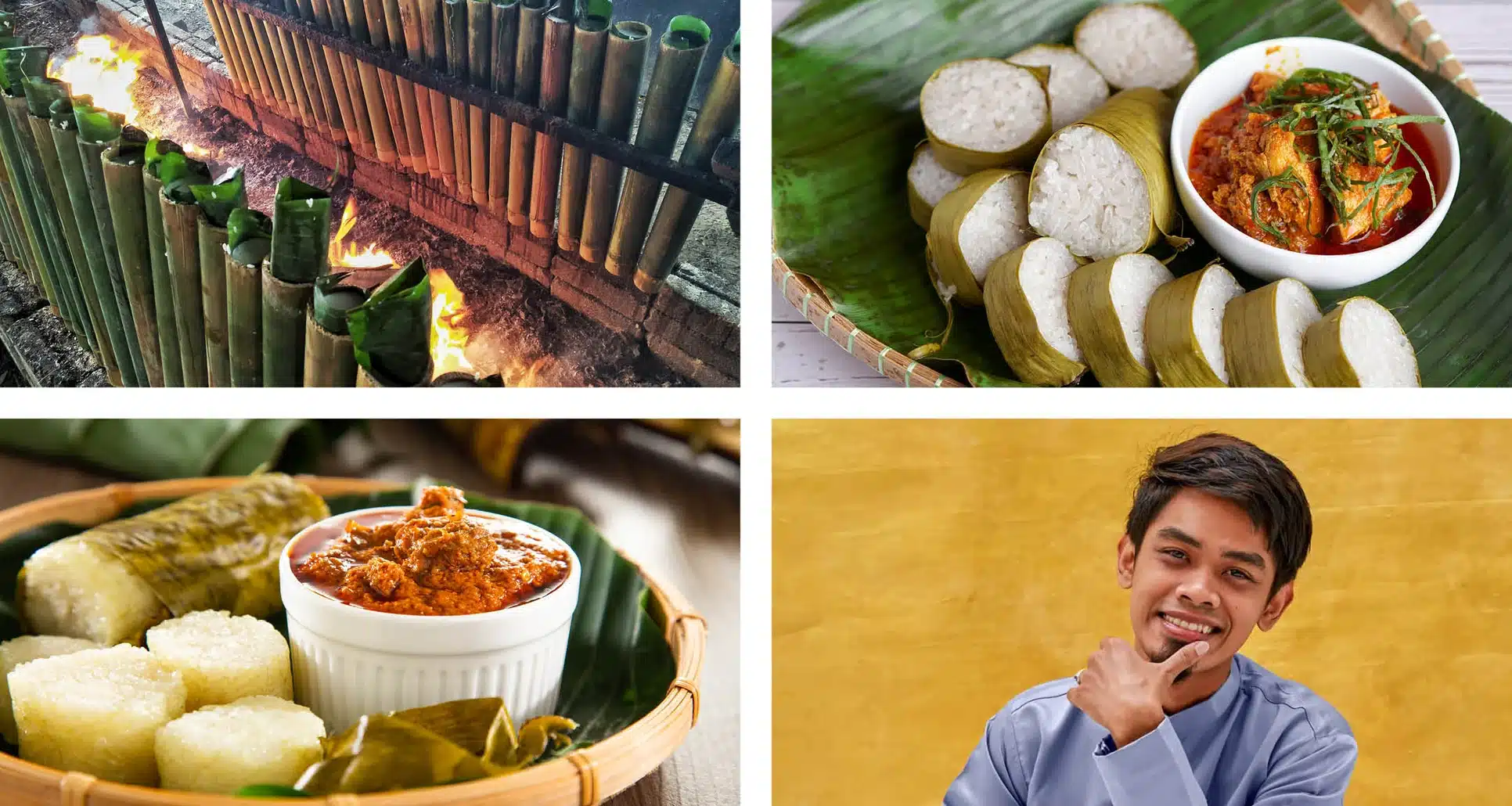
Lemang is a traditional food that has been found throughout Malaysia since 1864. Lemang is considered a food that symbolizes cheerfulness and friendship between people. It is a traditional dish of the Malay community for Hari Raya and is often cooked during festivals such as Hari Gawai. This is because lemang is not ordinary food that is easy to cook, it requires the right technique and method. The time-consuming process of making lemang starts by lining hollowed-out shoots with banana leaves. Therefore, helping each other in the making is very important in getting a satisfying taste and texture.
The raw materials used to cook lemang include glutinous rice, coconut milk, salt, banana leaves, and the most important ingredient: bamboo. Lemang is just like rice, you can enjoy it with a variety of side dishes. It is also filling because lemang is made from glutinous rice, which has a high carbohydrate content. The amount of energy contained in one lemang is estimated to be 3,778 calories. In addition, there is vitamin A, which is good for growth; calcium, which gives strength to bones; and iron, which acts as a substance that processes protein in our body.
“You have to taste a culture to understand it” says Nasrul Nasri, Graphic Designer, CFF Malaysia.
A traditional dish from Singapore, Bak Chor Mee translates into minced meat noodles. “Select a Chinese noodle, toss in vinegar, chili paste of your choice, minced meat, meatballs, pork slices, and fried lard. It is a mash-up of different flavors from spicy, and sour to savory. It perfectly signifies the melting-pot culture we have in Singapore” explains Jason Jiang, Business Development Manager, Perishables CFF Singapore.
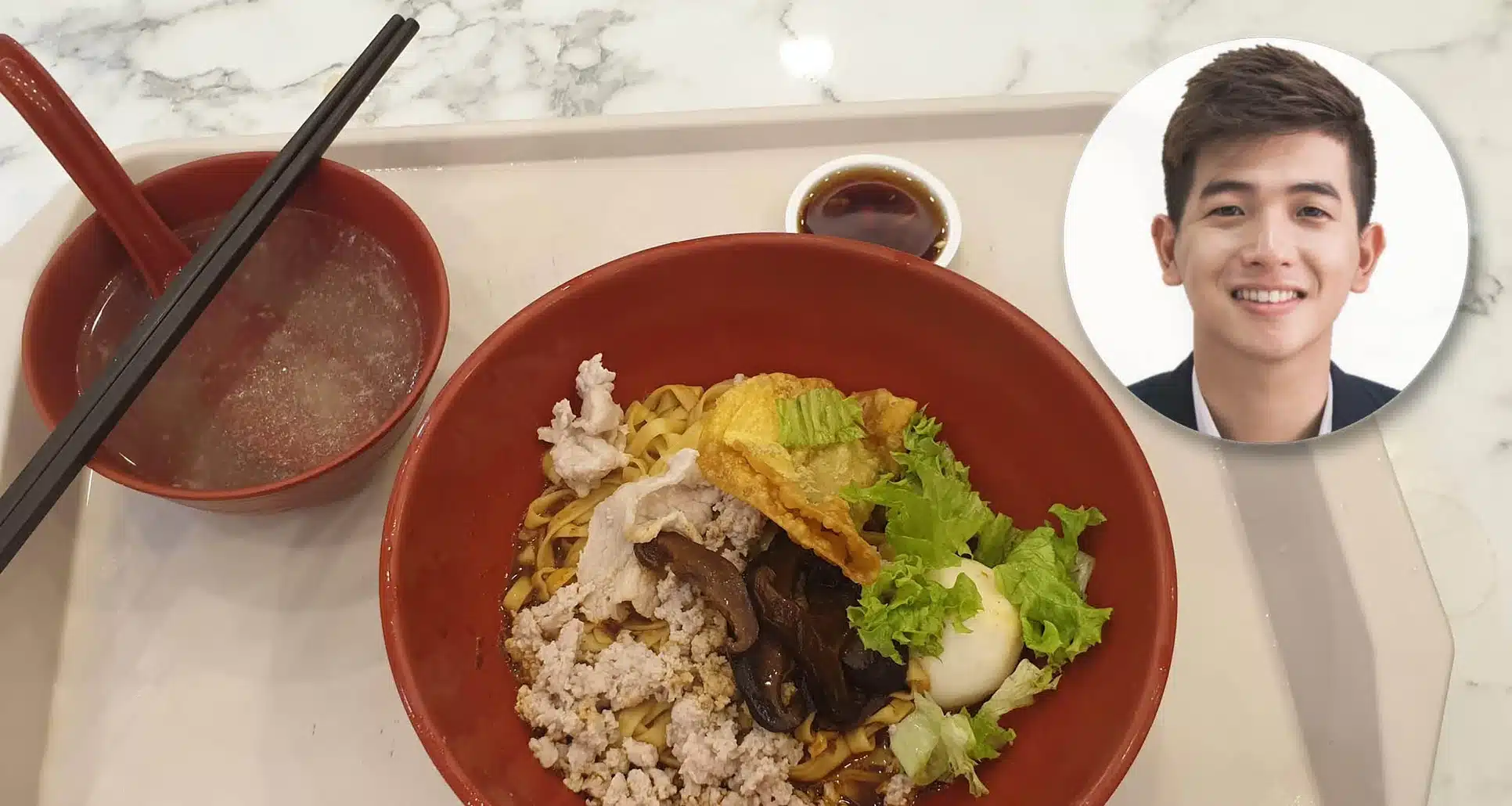
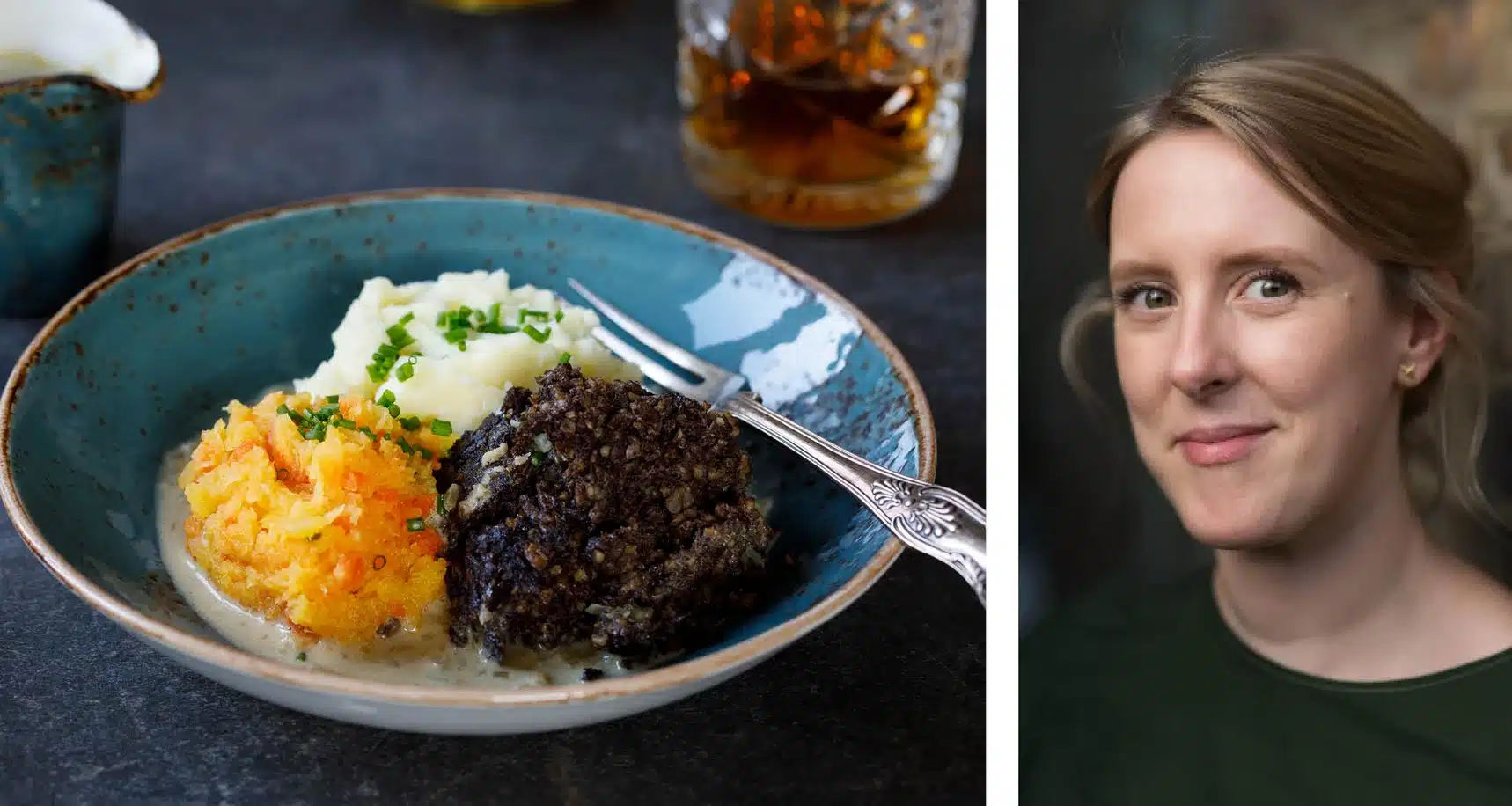
“Having been born and bred in Edinburgh, Scotland means that I may be biased but Haggis, Neeps and Tatties has always been a special treat and reminds me of home” says Emma Scott Aiton, Sales Director, Classic Fine Foods UK.
“Haggis, Neeps and Tatties is a traditional Scottish dish that is mostly eaten to celebrate Robert Burns (the National Poet of Scotland) on 25th January each year. Haggis is made from sheep offal, oats, onions, and spices. To describe it, it doesn’t sound delicious, but it really is – spicy, warming, and deeply savory. Haggis is usually served with neeps (turnips) and tatties (potatoes), mashed separately with lots of butter. Vegetarian Haggis is also absolutely delicious too, for those of us that aren’t brave enough for the real deal! To complete the dish, a whisky sauce is the perfect accompaniment; it brings a little extra heat and ties it all together. A perfect, comforting winter supper.”
CNN has included pho bo (Vietnamese beef noodle soup) in its list of 20 best soups in the world, coming in at no. 2, along with China’s Lanzhou equivalent and Thailand’s Tom yum goong.
It is very popular in Vietnam and is sold everywhere from very fancy restaurants to eateries and street food corners. For Vietnamese people, Pho is much more than just a noodle soup: it is anchored in tradition and Vietnamese culture.
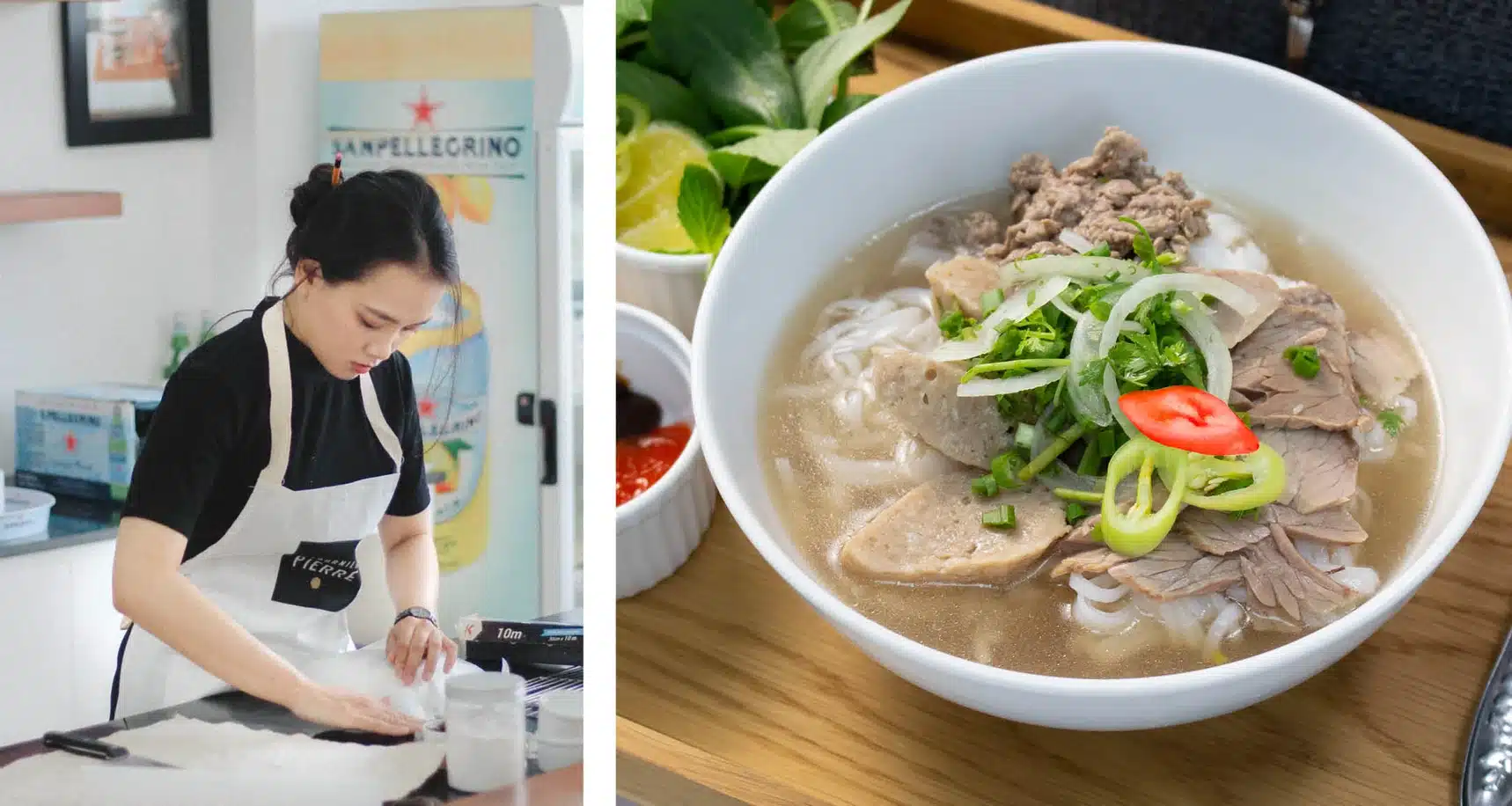
History begins at the peak of French colonialism. In the 19th century, Pho was a dish made with slices of buffalo meat cooked in broth with rice noodles. Before long, there were other versions of Pho, which were “Phở Bò”-rice noodles with beef and “Phở Gà” – rice noodles with chicken.
Like Vietnam itself, Pho has undergone significant changes. Nowadays, Pho has received high praise from global travel magazines for decades. There are many cooking styles of Pho made by natives and also foreigners. “As many recipes as there are cooks” seems to apply here.
Nhi Hoang, from CFF Vietnam Marketing Team, explains: “Pho has always been my favorite dish and I eat Pho regularly. It is one of the traditional Vietnamese dishes that has become popular all over the world. This recipe is the traditional practice of Vietnam. This cooking recipe will provide you with a traditional Pho. Each noodle is soaked in a rich broth stew made from beef and chicken bones for many hours, creating a fragrant taste with an herbal hint of cinnamon and anise. The dish provides a full range of nutrients for you, from protein to starch to fiber.”